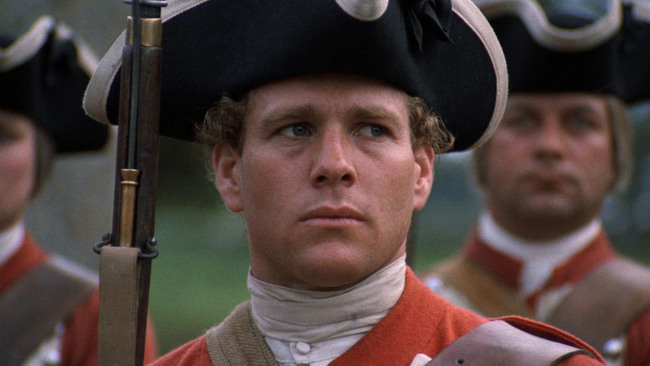Books: Kubrick, Pasolini, and More

Screenwriter Todd Alcott has a new book out, Kubrick: Five Films: An Analysis, the fourth volume in his series, What Does the Protagonist Want? In a series of nine posts at his site, he walks us through Barry Lyndon (1975), scene by scene. A sampling: “Act I of Barry Lyndon takes about a half hour and has a total of thirteen scenes. Act II takes a little over a half-hour and twenty-six scenes—twice as many. Act I takes Barry from rash teenage hijinks to being on the run from the law, Act II takes him out of the fire, puts him, briefly, into a frying pan, and then back into a bigger fire, then puts him, briefly, into a comfy seat next to the fire, before throwing him headlong back into an even bigger fire.”
For the Notebook, Leo Robson interviews George M. Wilson, whose Narration in Light (1986) “remains one of the great achievements of film criticism—a classic to compare with Gilberto Perez’s The Material Ghost and V. F. Perkins’s Film as Film.” Wilson: “My taste in movies was heavily influenced by the Cahiers authors, by Sarris’s little book on the American cinema, and even more by essays from the Movie group” in England. “I did share the view that movies of considerable subtlety, elegance, and complexity had been made within the forms that governed popular film making in Hollywood, and it was my ambition to show that this point could be established by the type of close, holistic interpretation that I favored. I had no systematic animus against the great European directors of the period, e.g., Bergman and Antonioni, but it was not controversial that their significance and merit would be elucidated only by suitable modes of film analysis. However, it was at that time still controversial that comparable claims could be made for, say, Nicholas Ray or American Lang.”
Jacob Siefring is currently translating Pierre Senges’s 2015 book Achab (séquelles), a sequel to Moby-Dick in which, “after the wreck of the Pequod, Captain Ahab found his way to Manhattan and turned his back on the high seas for good.” He winds up in Hollywood, where “he tries to sell his epic story to the highest bidder. This development brings the White Whale to theaters and to cinemas, ushering in an eclectic cast of characters that includes Cole Porter, Billy Wilder, Josef von Sternberg, F. Scott Fitzgerald, and, as we see in the following excerpt [at BOMB], Orson Welles.”
“On film, he could smoothly capture the rhythms of the everyday that he had to work at more spasmodically in his novels.” Writing for the Los Angeles Review of Books, Daniel Felsenthal revisits the novels of Pier Paolo Pasolini.
Mediapolis reviews editor Noelle Griffis talks with Pamela Robertson Wojcik about her new book, Fantasies of Neglect: Imagining the Urban Child in American Film and Fiction.
The Andy Warhol Museum’s announced that a new book, Andy Warhol’s The Chelsea Girls, out in April, will be an in-depth look at Warhol’s 1966 work, “including numerous stills from the newly digitized film, never-before-published transcripts, unpublished archival materials, and expanded information about each of the individual films that comprise Warhol’s most well-known film.”
September will see the publication—in French—of the diaries Jane Birkin has kept since she was twelve, reports the AFP.
“It is inherently uncomfortable to witness the subjection of anarchic youth to oppressive power,” writes Hailey Maxwell for 3:AM, and Larry Clark “salts a wound. . . . Clark’s photobook Tulsa (1971) documents the artist’s own coming of age in Oklahoma, as the utopian optimism of the sixties declined into malcontent in the markedly less economically optimistic decade that followed.”
For those who read Spanish, the collection of essays Jean-Marie Straub y Danièle Huillet. Hacer la revolución es volver a colocar en su sitio cosas muy antiguas pero olvidadas is available as a free download. Via Rubén Higueras.
For news and items of interest throughout the day, every day, follow @CriterionDaily.



